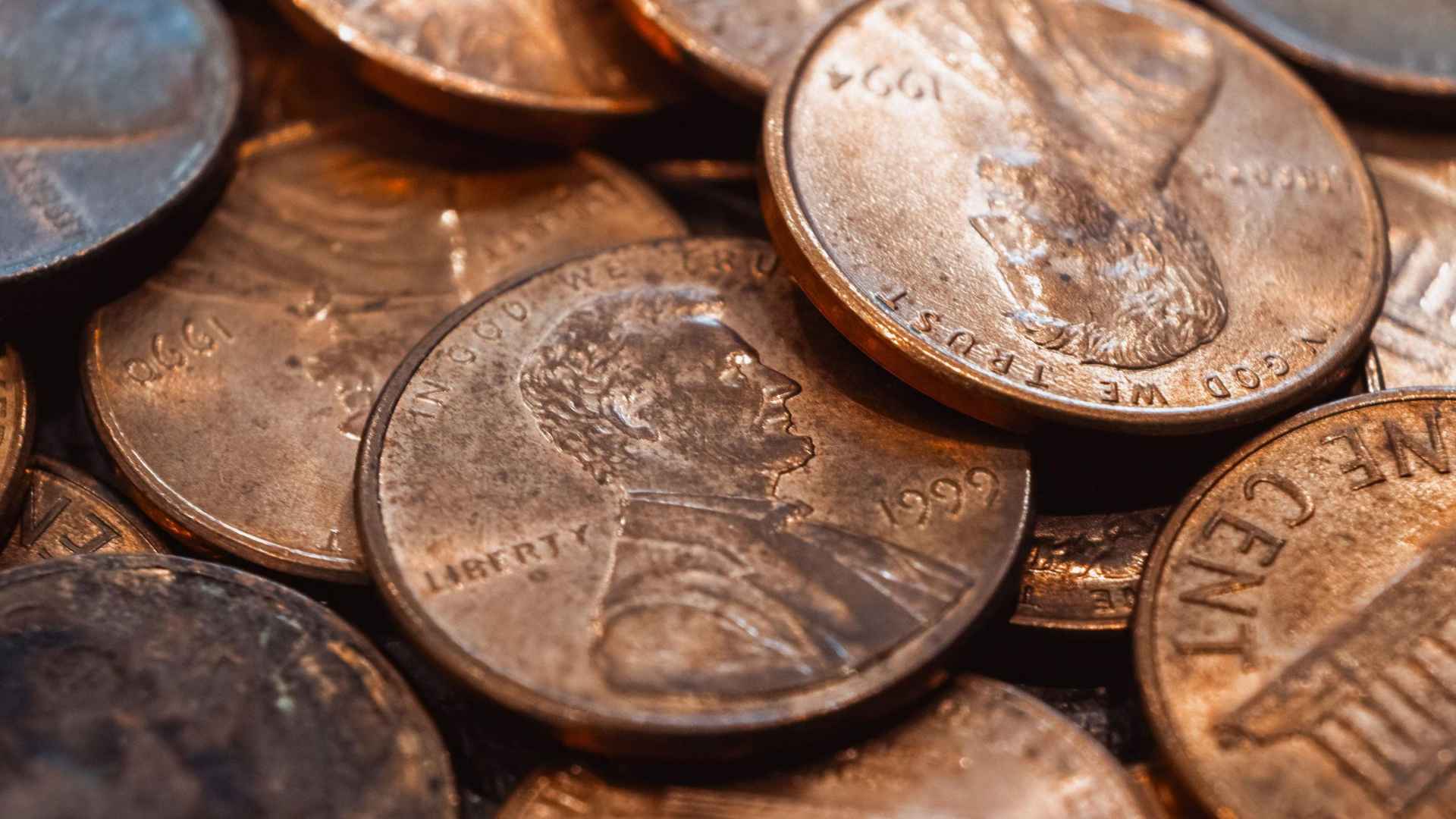The Treasury’s decision to halt penny production by 2026 turns every dusty coin jar into real money—and a small race against the clock.
Your nightstand piggy bank might feel like clutter, but it could hold far more than sentimental value. Experts say the average household sits on $60 – $90 in idle coins, yet most of us keep underestimating our stash by half. Ready to find out what yours is worth?
Why the Treasury is finally pulling pennies from circulation in 2026
Production now costs almost twice a penny’s face value, prompting President Trump to order the Mint to shut the presses. Nickels suffer the same fate, though for now they survive. The move aligns with a shift in consumer habits: only 16 % of 2023 payments were made in cash, and two‑fifths of Americans rarely touch paper money at all. Still, low‑income families and many seniors rely on coins every day—so the phase‑out comes with a two‑year cushion to spend, swap or save.
Consequently, lawmakers are debating the Common Cents Act, which would round cash purchases to the nearest five cents. Could quarters be next? For now, the focus stays on copper‑plated zinc.
Simple ways to turn household coin stashes into extra spending money now
Feeling overwhelmed by that mason jar? Try these no‑friction options:
- Supermarket kiosks: Coinstar waives its fee when you pick a gift card.
- Home bank or credit union: Most accept rolled coins at no charge.
- Community drives: Many charities welcome loose change for fund‑raising events.
| Location type | Typical fee | Need to roll? | Average turnaround |
|---|---|---|---|
| Own bank/credit union | $0 | Sometimes | Same day |
| Coinstar (gift card) | $0 | No | 1–2 minutes |
| Charity coin drives | $0 | No | Event day |
Before heading out, give the coins a once‑over—you might spot a treasure.
Rare wheat pennies can still fetch thousands
Most one‑cent pieces are worth exactly that, yet a 1943 copper Lincoln wheat penny has sold for over $200,000. How do you separate gold from, well, copper? Look for:
- Wheat‑ear reverse (1909‑1958).
- Unusual dates or mint errors.
- Pristine condition—no heavy scratches.
Unsure? Professional grading services like NGC, PCGS or CAC can authenticate valuable finds, while The 2026 Red Book offers a trustworthy price guide.
Pennies may be headed for retirement, but they still add up. Empty the cup on your dresser, sort the potential rarities, and turn the rest into cash before 2026. After all, why let money gather dust when it could pad your grocery budget—or fund your next vacation?

